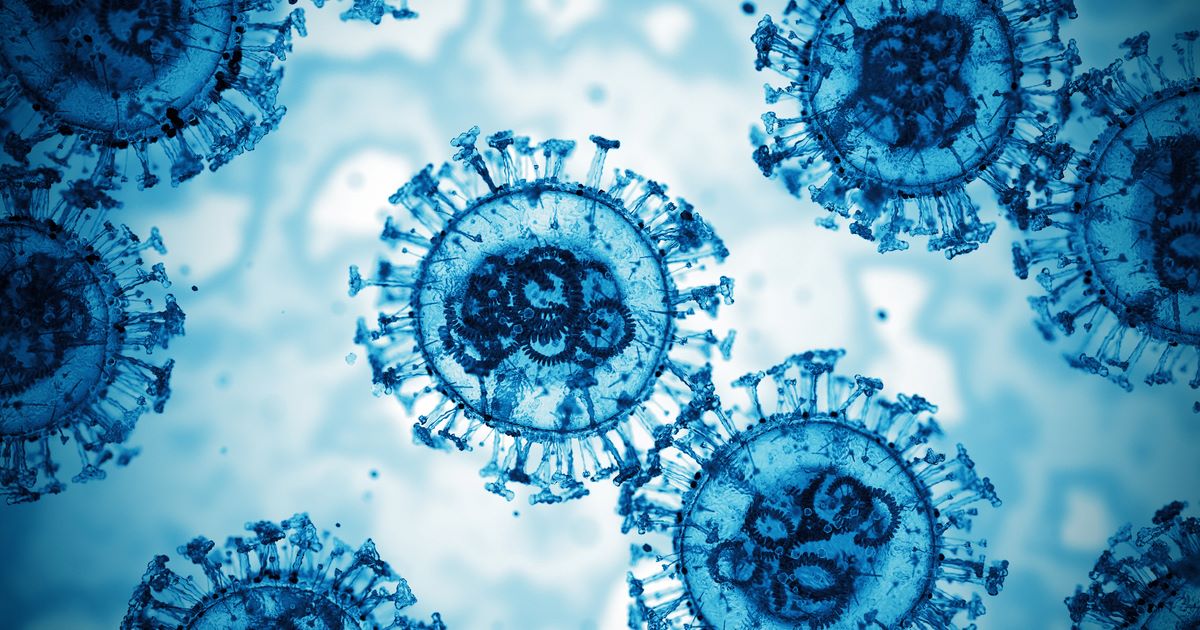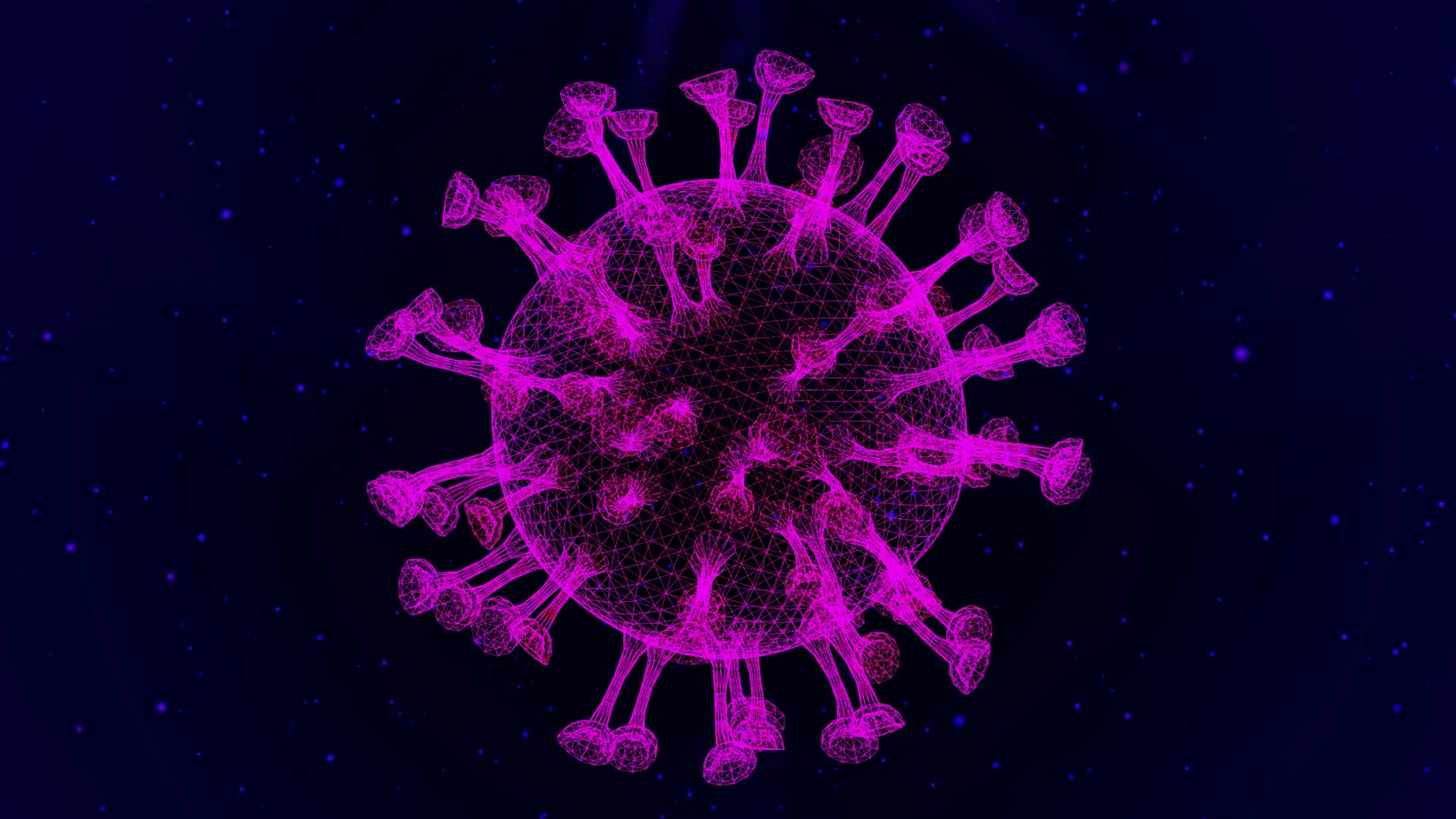The United States is experiencing a summer surge in COVID-19 cases, primarily due to the highly transmissible “FLiRT” variants, with the dominant KP.3 strain at the forefront.
This wave is underscored by President Biden’s recent positive COVID-19 test, highlighting the virus’s continued spread without signs of abating.
Test positivity rates and COVID-related emergency room visits have been consistently rising across the U.S., particularly in the West and Southeast. Recently, national wastewater viral activity for COVID-19 reached “high” levels for the first time since last winter.
Moreover, COVID-19 cases are increasing or likely increasing in 42 states, with none showing a decline, according to the U.S. Centers for Disease Control and Prevention.
KP.3 is currently the predominant strain nationwide, accounting for about one-third of cases as of July 20, per the latest CDC data.
KP.3, along with KP.2 and KP.1.1, belongs to a group of rapidly spreading omicron subvariants that have been present in the U.S. since the spring.
These variants are nicknamed “FLiRT” based on the locations of their spike protein mutations, which experts believe might make them more adept at evading previous immunity.
Together, the FLiRT variants represent over 75% of new cases nationwide, according to the latest CDC data.
The U.S. is currently experiencing a rise in COVID-19 infections, which many experts view as the beginning of an anticipated summer wave.
While the CDC no longer tracks the total number of cases, indicators show a clear spike in COVID-19 across the country.
The latest CDC data shows test positivity at 11%, up from 9.1% the previous week. In comparison, during January’s surge, test positivity was about 12%.
CDC-published wastewater data indicate that the viral activity level for COVID-19 is “high” — it was “high” or “very high” for most of January and February. As of July 18, levels are “high” or “very high” in 35 states and Washington, D.C.
Hospitalizations and deaths, key indicators of the severity of a COVID-19 wave, remain relatively low compared to last winter. However, hospitalizations are rising in many regions.
Previous summers have seen COVID-19 waves. Increased travel and indoor gatherings due to the ongoing heat wave facilitate the virus’s spread.
The FLiRT variants and another new strain, LB.1 — a spinoff of JN.1 — are likely contributing to the rise in cases, along with decreasing population immunity. Experts say the FLiRT variants’ mutations may make them more effective at evading the immune system.
Anecdotally, some individuals have reported contracting COVID-19 for the first time this summer after avoiding it for four years.
The seasonality of COVID-19 remains a topic of study for scientists, but one thing is clear: “This virus is now integrating itself into our population and our way of life,” Dr. William Schaffner, professor of infectious diseases at Vanderbilt University Medical Center, told.
“We have to be cautious and we have to follow the data. … We always have to be humble because SARS-CoV-2 has taught us a lot of new things,” Dr. Albert Ko, infectious disease physician and professor of public health, epidemiology, and medicine at Yale School of Public Health, previously told.
KP.3 is one of the FLiRT variants, along with KP.2 and KP.1.1, which are spinoffs of JN.1.11.1, a direct descendant of JN.1.
Initially detected in wastewater samples across the country, “KP.3 is a new omicron subvariant, which, along with its sister variant KP.2, has emerged in the past month and is now causing the majority of COVID-19 infections,” Ko told TODAY.com in May.
In recent weeks, additional FLiRT subvariants have emerged and are gaining traction in the U.S. These include KP.3.1.1, an offshoot of KP.3, and KP.2.3, a direct descendent of KP.2.
The FLiRT variants have additional mutations that distinguish them from JN.1 and seem to give them an edge over previous variants, Ko added.
The nickname “FLiRT” is based on the technical names for their mutations, according to the Infectious Disease Society of America.
Like other COVID-19 strains that have dominated in the U.S. over the last year — JN.1, HV.1, EG.5 aka Eris, and XBB.1.16 or Arcturus — the FLiRT variants are part of the omicron family.

The emergence of KP.3 and other FLiRT variants follows a familiar pattern, Andrew Pekosz, Ph.D., virologist at Johns Hopkins University, tells.
The SARS-CoV-2 virus mutates, giving rise to a new, highly contagious variant, which becomes the dominant strain. “The timeline that it happens in, three to six months, is much faster than we see with other viruses like influenza,” says Pekosz.
“It’s still early days, but the initial impression is that this variant is rather transmissible,” Schaffner told TODAY.com in May.
In April, KP.2 quickly overtook JN.1, the omicron subvariant that caused a surge in COVID cases last winter. Within weeks, KP.3 surpassed KP.2 to become the most prevalent strain.
The proportion of cases caused by the FLiRT variants continues to increase, while the proportion caused by other strains decreases, suggesting the FLiRT variants have immune-escape features that give them an advantage over previous variants, experts note.
“The (FLiRT) mutations appear to make the KP.3 variant more transmissible than JN.1,” says Ko. “But I think the good news is that there’s no evidence showing that it’s more virulent or that it’s causing more hospitalizations or deaths.”
Over 97% of people in the U.S. have natural or vaccine-induced antibodies against the SARS-CoV-2 virus, per the CDC, but this immune protection diminishes over time.
Low vaccination rates and waning immunity create a vulnerable population, potentially allowing the FLiRT variants to take hold. Only time and more data will tell, experts note.
Laboratory studies suggest that the FLiRT variants are sufficiently mutated such that current vaccines and immunity from prior infection will only provide partial protection, says Schaffner.
“We’ll have to see how true that is, but it appears, over time to be becoming a more prominent variant,” he adds.
It is still too early to determine whether the symptoms of KP.3, KP.2, and other FLiRT variants differ from previous strains.
“The FLiRT variants are probably not going to create very distinctive symptoms. It looks at the moment to follow the other subvariants,” Schaffner said.
The symptoms of the FLiRT variants are similar to those caused by JN.1, which include:
- Sore throat
- Cough
- Fatigue
- Congestion
- Runny nose
- Headache
- Muscle aches
- Fever or chills
- New loss of sense of taste or smell
- Shortness of breath or difficulty breathing
- Nausea or vomiting
- Diarrhea
According to the CDC, the type and severity of symptoms a person experiences usually depend more on their underlying health and immunity rather than the variant that caused the infection.
Similar to JN.1 and other omicron subvariants, the FLiRT variants seem to be causing milder infections, says Schaffer.
However, some people can develop severe COVID-19 symptoms requiring hospitalization. People over 65, those with underlying health conditions, and those who are immunocompromised are at greatest risk.
Early laboratory studies indicate that the current vaccines will continue to provide protection against the FLiRT variants — “a little less protection, but not zero by any means,” says Schaffner.
As the virus mutates, it is becoming progressively different from the omicron strain targeted in the latest updated booster released in the fall of 2023.
“We would expect that to happen, and we anticipate the plan is to have an updated vaccine in the fall available to everyone,” says Schaffner.
Advisers to the U.S. Food and Drug Administration met in early June to decide which strains to include in the updated COVID-19 vaccines for 2024–2025.
The committee initially voted to recommend a monovalent vaccine targeting the JN.1 variant for this fall. However, based on new data, the FDA now advises drugmakers to update vaccines to target the KP.2 strain, the agency said.
“It’s with the assumption that future variants or future mutants will emerge from the (dominant) omicron subvariants we’ve experienced most recently,” says Ko.
“But again, there’s always a lot of uncertainty about where the next mutant is going to come from … will it come from KP.3, KP.2, or from something upstream like JN.1?” Ko adds.
Even if vaccines do not prevent infection, they can still offer some protection by preventing severe disease, hospitalization, and COVID-19 complications.
“It’s still clear that the more severe cases that come into the emergency room predominate in people who either are not up to date on their vaccines or haven’t gotten a vaccine in a really long period of time,” says Pekosz.
